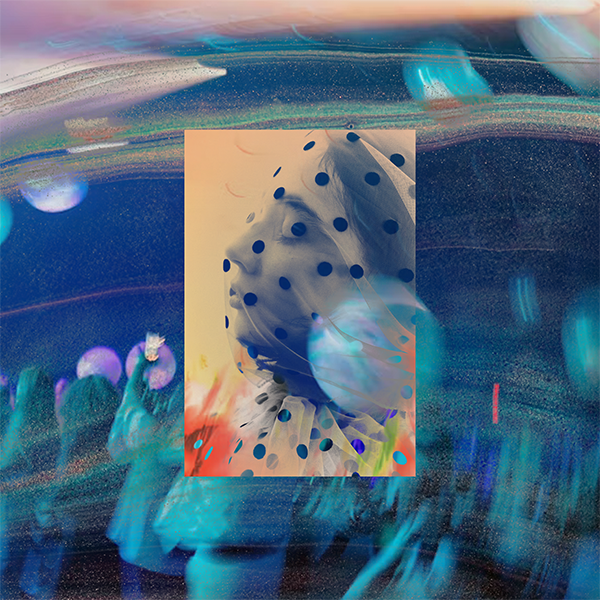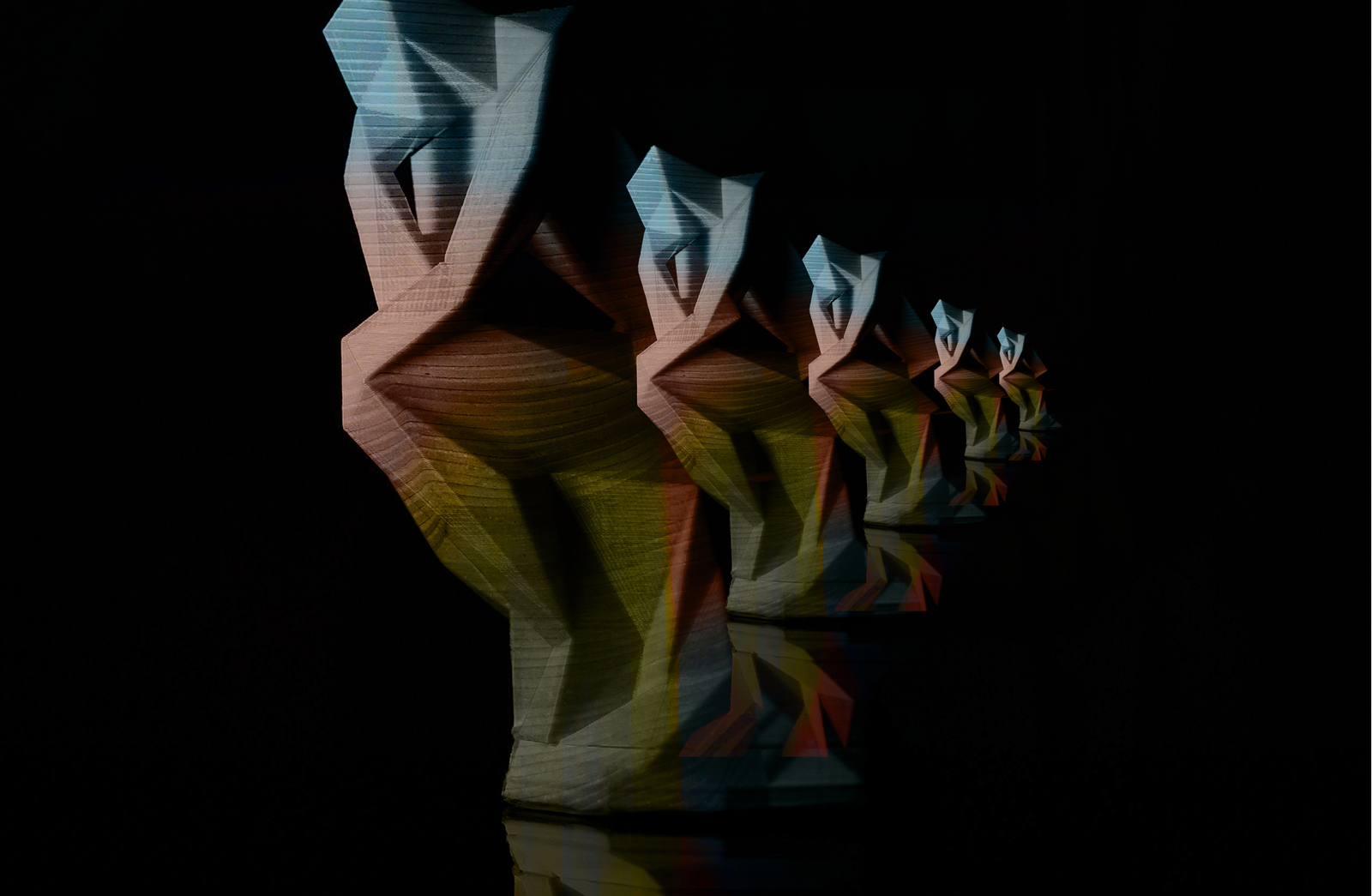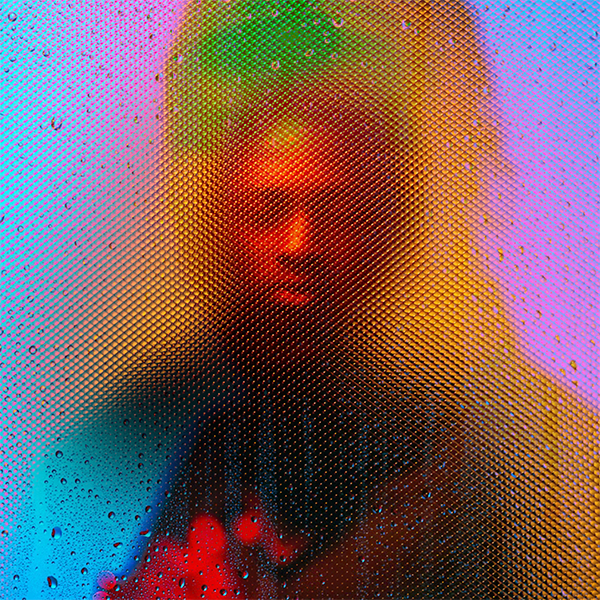Disrupting Legacies of White Supremacy in the Church
*Editorial Note: The excerpt you will read below is a portion of the keynote plenary given by Rev. David Swanson, and is entitled “Disrupting Legacies of White Supremacy in the Church.” His plenary focuses on the history of white supremacy in our society, reflecting on the impact of this de-forming and exploiting ideology on our churches. Rev. Swanson directed our attention to those Christian traditions which have suffered the worst of white supremacy without relinquishing their grip on the gospel. These testimonies point us to legacies of cruciform faithfulness which will outlast every legacy of racial supremacy in America.
- Purchase “Disrupting Legacies of White Supremacy in the Church” video download here.
- Purchase “Disrupting Legacies of White Supremacy in the Church“ audio download here.
Full Awakenings 2023 video and audio bundles are available here. ~CK
The Priestly Disruption of Our Churches
Finally, we turn to the possibility of disrupting white supremacy in our churches. By now, framing white supremacy as we have, I hope it’s clear that disruption requires far more than what our typical racial reconciliation paradigms have allowed. As James Cone wrote more than twenty years ago, “The logic that led to slavery and segregation in the Americas, colonization and Apartheid in Africa, and the rule of white supremacy throughout the world is the same one that leads to the exploitation of animals and the ravaging of nature.” Acting as it does as legitimation for the plunder of all God’s creation, merely reconciling individuals of different social locations is to white supremacy what a barely perceptible speedbump is to a runaway semitruck. Our disrupting vision must be bigger.
In his first epistle, Peter writes to early Christians about their shared identity and vocation. “But you are a chosen people, a royal priesthood, a holy nation, God’s own people, in order that you may proclaim the excellence of him who called you out of darkness into his marvelous light” (1 Peter 2:9). About this verse, Dr. Dennis Edwards writes in his commentary, “As God’s beloved and chosen people, they have been called to worship.” The people redeemed by Christ’s death and resurrection have been called into a worshipping community whose very identity proclaims God’s excellence.
It is Peter’s priestly image which opens new vistas of what this worship includes. According to Orthodox theologian John Zizioulas, human beings, unique among God’s creatures as bearers of the Imago Dei, are a link between God and creation. Also unique is the freedom we have to choose how we will respond to the creature-Creator relationship for which we were created. It is this combination – links between God and creation who freely choose our response to our Creator – which, says Zizioulas, makes us priests of Creation. He writes that the human being “takes the world in his hands to refer it to God and who, in return, brings God’s blessing to what he refers to God. Through this act, creation is brought into communion with God himself.”
Acting as it does as legitimation for the plunder of all God’s creation, merely reconciling individuals of different social locations is to white supremacy what a barely perceptible speedbump is to a runaway semitruck. Share on X
To be one of Creation’s priests is to care for the creation and creatures with whom we share community, much as a careful gardener tends to her fields, coaxing all of it to its God-imagined potential. And to be a priest of Creation is to extend our Creator’s blessing to every member of the community of Creation.
It is, I hope you’ll agree, a beautiful vision of purposeful humanity. Yet how many in our churches understand their identity and vocation in this way? Instead, so thoroughly have we been discipled into patterns of extraction and exploitation, we talk about ourselves and others not as image-bearing priests but as something less-than-human. To amend slightly what Peter writes in the next verse, “Once you were not… people.” Once you were consumers and resources. Once you were sites of extraction. But Christ has died and Christ is risen and now “we are God’s people… now we have received mercy.” Which is to say, that no matter how completely we have succumbed to the sinful patterns of this world, there is yet hope for us to reclaim our God-given identity and vocation.
If this vision of priestly disruption sounds overly spiritual, disconnected from the material realities which I have claimed lie beneath the deception of white supremacy, then I have not been clear. To be formed as a priest of creation is to be called away from the mundane assumptions of life in contemporary society. It is to disdain the subtle and overt forms of oppression which white supremacist thinking rationalizes away as the acceptable collateral damage for our way of life. It is to cast our lot with those who inhabit the zones of extraction – by force or by choice – and who’ve long understood the dream of endless accumulation and insatiable extraction as the terror it is. It is to renounce with our own bodies systems of domination, no matter how beautifully packaged, how compellingly marketed. To be formed as a priest of creation is is also to find beauty amidst the wreckage of plunder. It is to have eyes to see signs of life pushing through the detritus of empire and the hands and feet to cultivate the saplings of solidarity whose fruit will nourish our children and their children. It is to become, in Isaiah’s evocative words, repairers of the breach and restorers of streets with dwellings.
Why do I believe that reclaiming this priestly vocation holds the promise of disrupting white supremacy in our churches? To those of us who’ve seemingly benefitted from our extractive status quo, the vocation requires repentance. White supremacy has convinced some of us that we are more than creatures, that we have the sort of power which God reserves for himself. Our lives reveal the belief that some standards of living – our standards of living – are worthy of climate change, species’ loss, and the white supremacist caste structures which props up our wealth.
To be formed as a priest of creation is to disdain the subtle and overt forms of oppression which white supremacist thinking rationalizes away as the acceptable collateral damage for our way of life. (1/4) Share on X
To be formed as a priest of creation is to cast our lot with those who inhabit the zones of extraction and who’ve long understood the dream of endless accumulation and insatiable extraction as the terror it is. (2/4) Share on X
To be formed as a priest of creation is to renounce with our own bodies systems of domination, no matter how beautifully packaged, how compellingly marketed. We seek to find beauty amidst the wreckage of plunder. (3/4) Share on X
To be formed as a priest of creation is to have eyes to see signs of life pushing through the detritus of empire and the hands and feet to cultivate the saplings of solidarity whose fruit will nourish our children. (4/4) Share on X
And to those who’ve endured the worst of the status quo, whose bodies have been reduced to commodities and whose communities know the trauma of societally accepted terror, the priestly vocation makes a way where white supremacy declared there is no way. Priests of creation are positioned between Creation and Creator, a conduit of flourishing and blessing beyond any attempt by this world’s ideologies to diminish. Because, despite its best attempts, white supremacy cannot completely undermine the power of God’s Creation; Creation, no matter how degraded and abused, cannot help by groan for its Creator. And so, the priest stands between Creation and Creator – perhaps groaning herself – and stretches herself tall in an act of generative and creational worship: around her earth-planted feet, creation is lifted to its Creator and the Creator’s blessing is extended to Creation.
How do we begin this priestly disruption? Many of us are already engaged in racial reconciliation efforts. We’re thinking about anti-racist programming and the work of reparation. This is good and I hope these efforts will continue. But if white supremacy is primarily cover for exploitation and extraction, uncovering its power requires that our congregations become communities of abundant equity, abounding kindness. Which is to say, our churches must become communities for whom exploitation is a virus quickly expelled by immunities of grace, goodness, and generosity. The good news is that once we understand what we’re actually disrupting, we find that though Scripture says nothing about white supremacy, it says a lot about material exploitation, financial hoarding, and the mistreatment of the vulnerable for economic gain. This is the way of sustained disruption.
Our churches are meant to be communities where each of us are called away from the theft justified by white supremacy, where we are called back to our first vocation. It is the priests of Creation who will reveal the lie for what it has always been: an uncreative yet terribly effective justification for plunder. We need women and men who have been shaped to reclaim what is our birthright: the priestly vocation which has been returned to us in Christ. It is the presence of these priests of Creation – called and formed in our congregations – whose lives and worship amidst exploitation and extraction expose the lie, leach it of its power, and usher in the flourishing and blessing for which all of creation longs.
Disrupting the power of white supremacy requires that our congregations become communities of abundant equity and abounding kindness; where exploitation is a virus quickly expelled by immunities of grace, goodness, and generosity. Share on X
///
David Swanson is the founding pastor of New Community Covenant Church, an intentionally multiracial congregation in Chicago’s Bronzeville community, and the founder of New Community Outreach, a nonprofit working to reduce causes of trauma in the neighborhood. He is a former Director of Church Planting for the Evangelical Covenant Church and the author of Rediscipling the White Church: From Cheap Diversity to True Solidarity (IVP). He and Maggie have been married for 20 years and they have two sons. You can connect with David online at dwswanson.com, on Twitter, or on Facebook.



